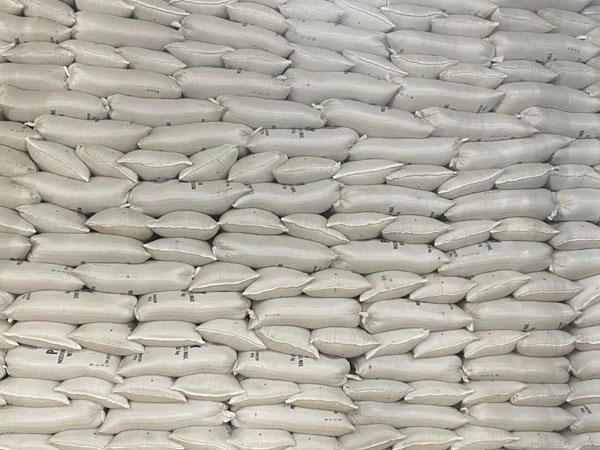 Rice prices in South Korea have risen more than 13% above the seasonal average due to a supply shortage caused by reduced production last year. The continued price surge since March has food and alcohol companies on alert. With inflation already high, it is difficult to pass on rising costs to consumers immediately, but further increases could lead to product price hikes.
Rice prices in South Korea have risen more than 13% above the seasonal average due to a supply shortage caused by reduced production last year. The continued price surge since March has food and alcohol companies on alert. With inflation already high, it is difficult to pass on rising costs to consumers immediately, but further increases could lead to product price hikes.
According to the Korea Agricultural Marketing Information Service (KAMIS) on July 2, the retail price of a 20 kg bag of rice was 59,088 won as of the previous day. This is up 10.3% from a year ago and 13.6% higher than the multi-year average.
Prices began rising in March. In February, the price was 54,438 won, down 2.5% year-on-year. It rose 4.5% in March to 55,237 won, then 7.9% in April to 54,831 won. Since late May, prices have stayed above 59,000 won.
The main cause is last year’s heatwave, which led to a poor harvest. A recent report by the Korea Rural Economic Institute noted that local distributors bought 85,000 tons of paddy rice in March and April, up 5,000 tons from the previous year. However, the volume entering the market has since declined.
Stocks remain low. As of late April, total rice inventory stood at 712,000 tons, down 210,000 tons from a year earlier. One rice supplier said, “Last year’s heat left many empty husks. Now we’re short on supply and searching all over Hampyeong, Mokpo, Yeongam, and Naju. If this keeps up, even the lowest-grade rice will top 50,000 won per 20 kg.”
Traditional liquor makers using rice as the main ingredient are closely monitoring rice prices. An industry source said, “The key is how much rice we’ll be allocated and at what price from the Rice Processing Association. We’re not planning to raise product prices yet, but we’re watching the situation carefully.”
Another producer added, “About six or seven years ago, we had to raise prices due to a similar spike in rice costs. It’s hard to ignore what’s happening now. Still, price increases are a last resort and must be approached cautiously.”
Instant rice manufacturers and catering firms are also feeling the pressure. Jeongeup-grown rice, widely used in meal services, has climbed to nearly 50,000 won, adding to cost burdens.
A rice supplier said, “We had no choice but to raise our supply price by around 2,000 won per 20 kg after talks with instant rice companies. The cost pressure left us with no alternative.” A catering firm staffer added, “Rising rice prices are clearly pushing up ingredient costs. We’re concerned about our margins.”
Still, most companies source rice through annual contracts, so the immediate impact may be limited. Experts say businesses should prepare for further increases.
“The key question is how long this upward trend will last,” said Kim Han-ho, a professor of agricultural economics at Seoul National University. “If prices keep rising through Chuseok in October, the government may intervene by releasing reserve rice. The industry needs to stay alert and prepare response plans.”














© Copyright 2025 The SSResource Media.
All rights reserved.